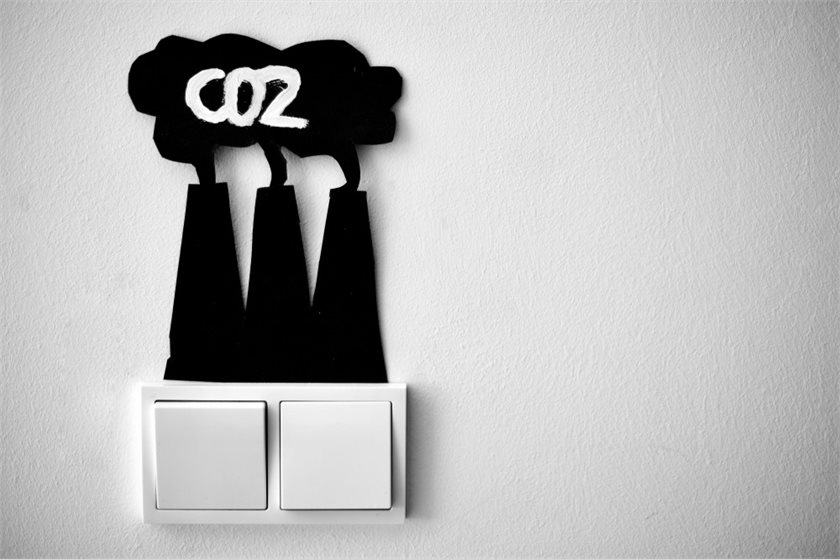Emissions down overall, despite higher electricity emissions
16 Sep 2024

 |
| Photo by Jas Min via Unsplash |
By Robert McLachlan
Although emissions from electricity have increased, according to the latest data, use of oil, coal, and gas has dropped off compared to the previous quarter.
The Energy Quarterly from the Ministry of Business, Innovation and Employment reports fossil fuel emissions from electricity generation, oil, and (industrial, i.e. non-electricity) coal and gas.
The June 2024 issue shows that oil, coal, and gas are all down from the previous quarter.

Electricity emissions increased, but even this is something of a good news story: despite inflows to the hydro lakes being at 90-year lows, new wind and geothermal plants completed in the last few years are avoiding 2 million tonnes of CO2 per year. As a result, we entered winter with lakes at average levels and they never fell anywhere near the warning line.

The lowest level of storage, around 1500 GWh, was not unusually low – similar or lower levels were reached in 4 of the previous 14 years.
Thus the investments triggered by the pro-climate Zero Carbon Act of 2019 meant that an electricity shortage was avoided. And annual electricity emissions, though off their lows, are still 59% below peak.
Oil accounts for two-thirds of emissions from the burning of fossil fuels. However, even oil consumption has been fairly flat for 11 quarters in a row, and remains 4% below record highs. High prices and behaviour change (and to a lesser extent EVs) are responsible. The cost of oil in real terms per capita has tripled since the 1990s.
 |
| IMAGE: Robert McLachlan |
Industrial coal use is at record lows, and now 41% below peak. Gas use is 23% below peak. Overall, annual emissions are 9% below their peak.
 |
| IMAGE: Robert McLachlan |










